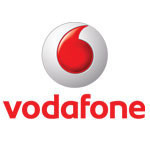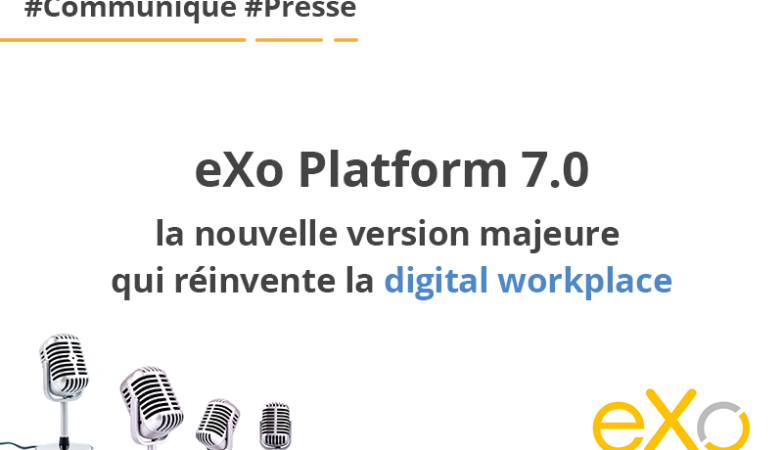 Industry remote asset monitoring helps maintain the running of large-scale equipment and devices across multiple locations claims a new whitepaper on M2M. The whitepaper, published by Vodafone, shows the benefits of integrated Remote Monitoring & Control Service (RMCS) including saving an organisation time and costs.
Industry remote asset monitoring helps maintain the running of large-scale equipment and devices across multiple locations claims a new whitepaper on M2M. The whitepaper, published by Vodafone, shows the benefits of integrated Remote Monitoring & Control Service (RMCS) including saving an organisation time and costs.
Businesses face many challenges when monitoring large quantities of devices or machines across multiple locations and countries, especially when control, maintenance and the every day running of equipment is crucial. Without a comprehensive management solution in place, businesses are exposed to unnecessary complexity, operational in-efficiency and additional cost.
In a typical M2M remote monitoring system, a communications module installed in each piece of equipment gathers and logs data from sensors — about temperature, vibration, activity, or other variables. Using the mobile data network, these modules, deployed around the world, communicate with your central management systems to share the information they’re gathering, in real time or near real time.
The management system looks for anomalies — such as unwanted vibration or rapid increases in temperature — and takes action, for example by automatically booking an engineer to visit with the right spare part; remotely initiating a failover to a backup system; or polling all the other pieces of equipment to double check for a similar emerging fault.
In order to allow businesses to remotely monitor and control their M2M-enabled equipment, Vodafone’s integrated Remote Monitoring and Control Service combines hardware, a managed M2M connectivity service, and applications.
Integrated Remote Monitoring & Control Service offers a number of benefits to help keep a business one step ahead from its counterparts. RMCS gives management the ability to automatically monitor the health of the organisation’s assets, in real time, without having to send an engineer to the site – this increases efficiency.
Another benefit of RMCS is that its sensors operate 24/7, which can alert management at the first sign of an issue. RMCS’ “just in time” servicing prevents failures before they occur.
To read more about remote asset monitoring, click here.







